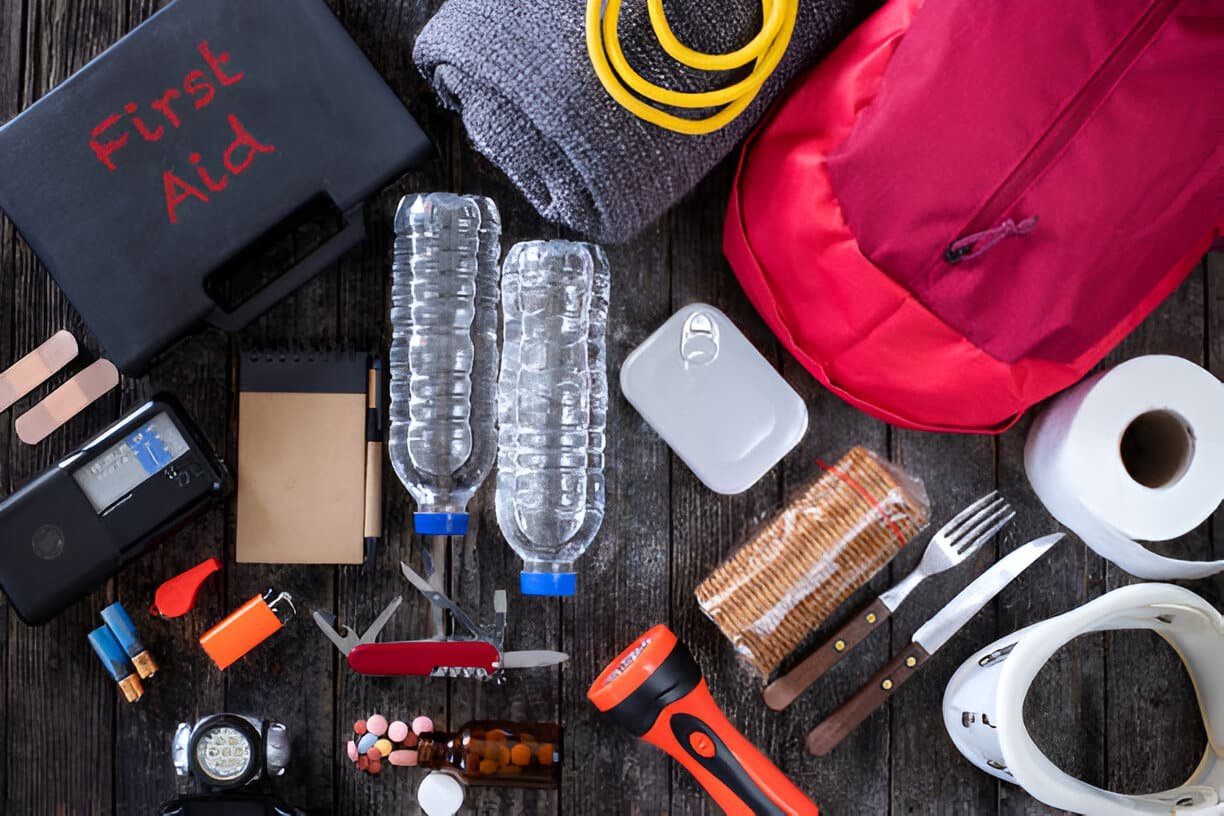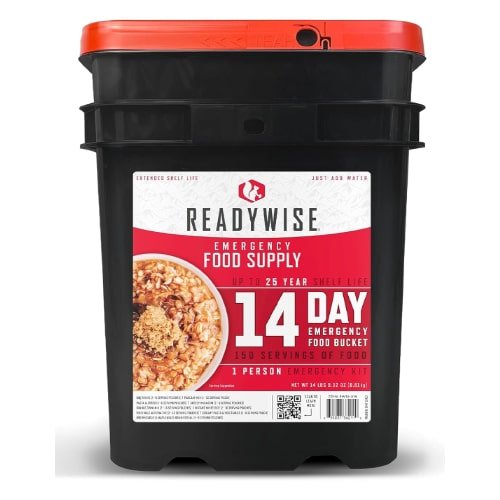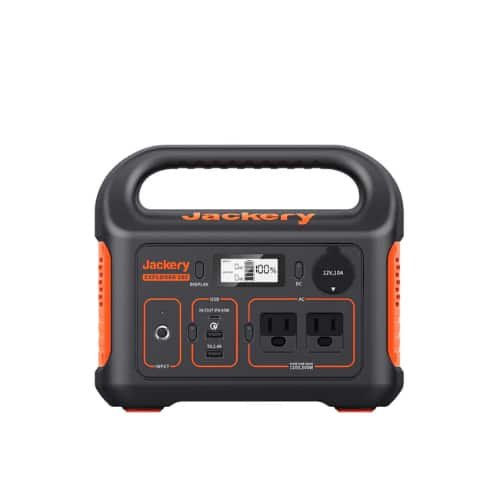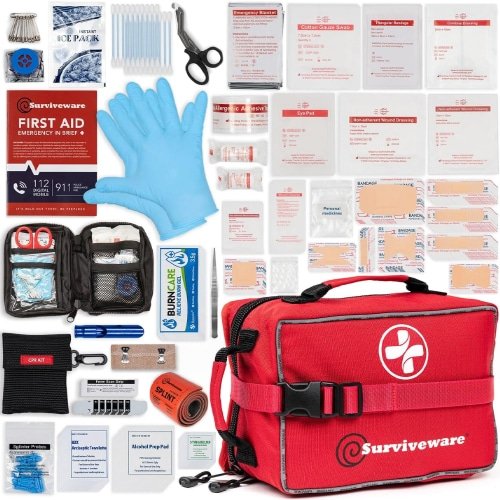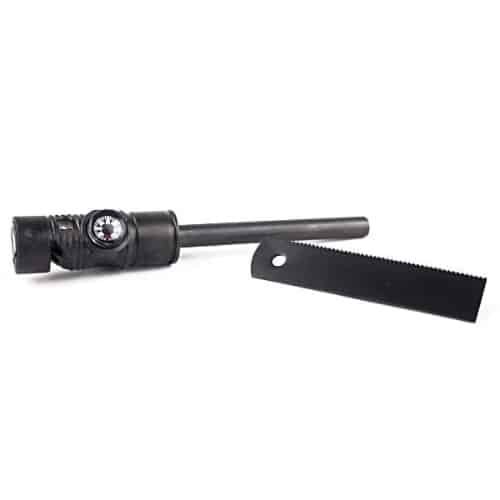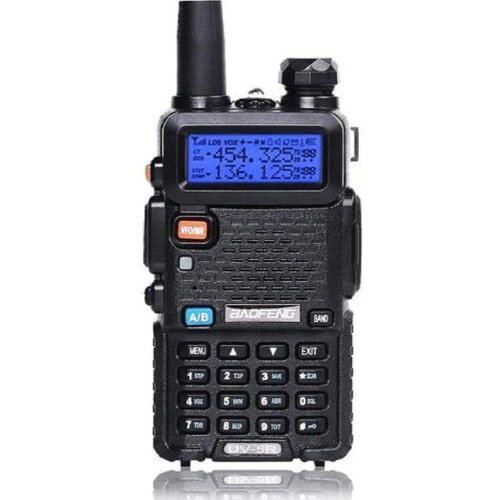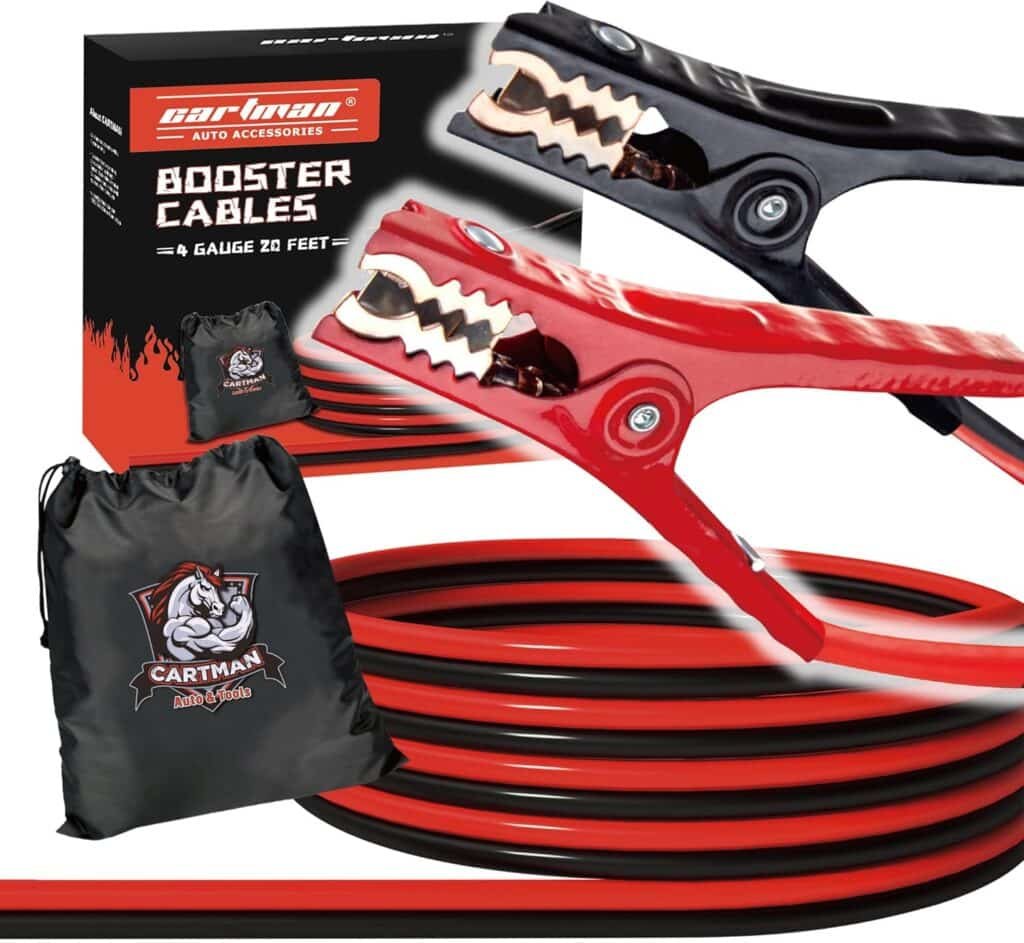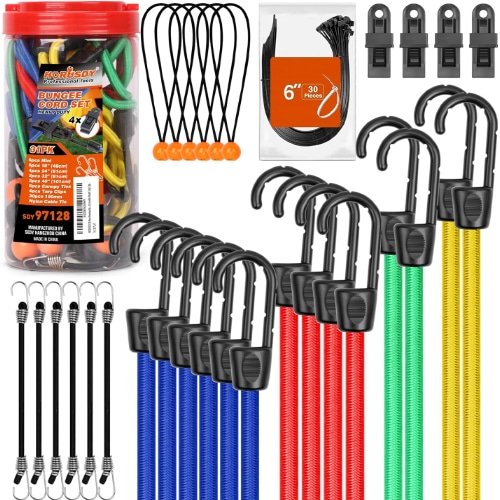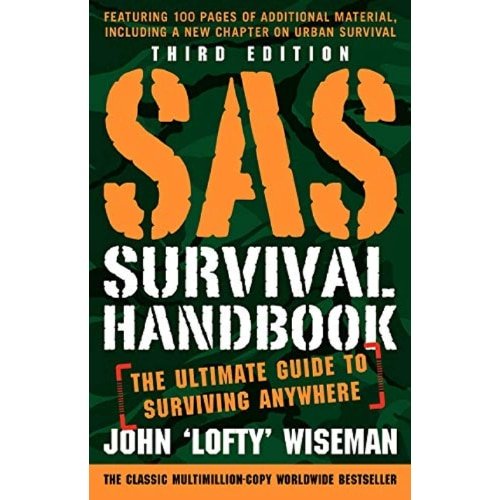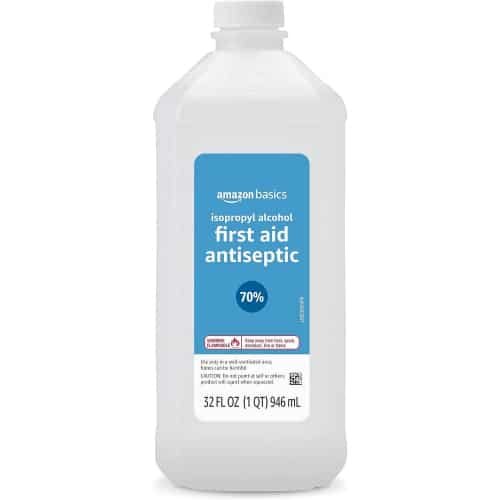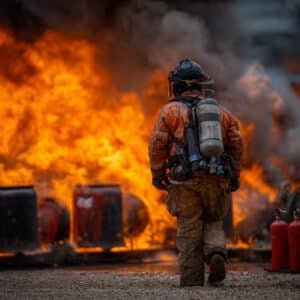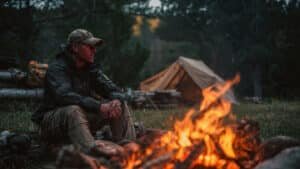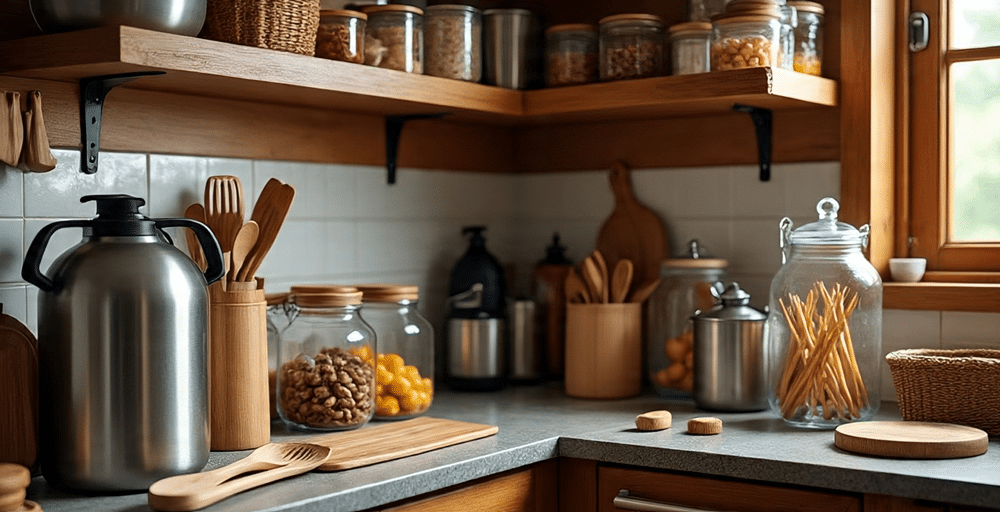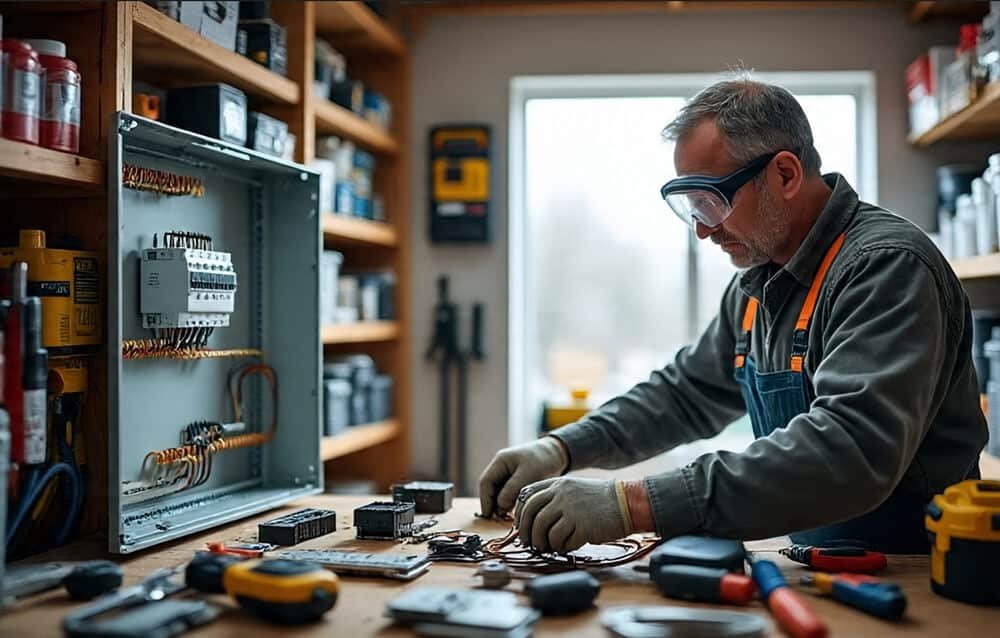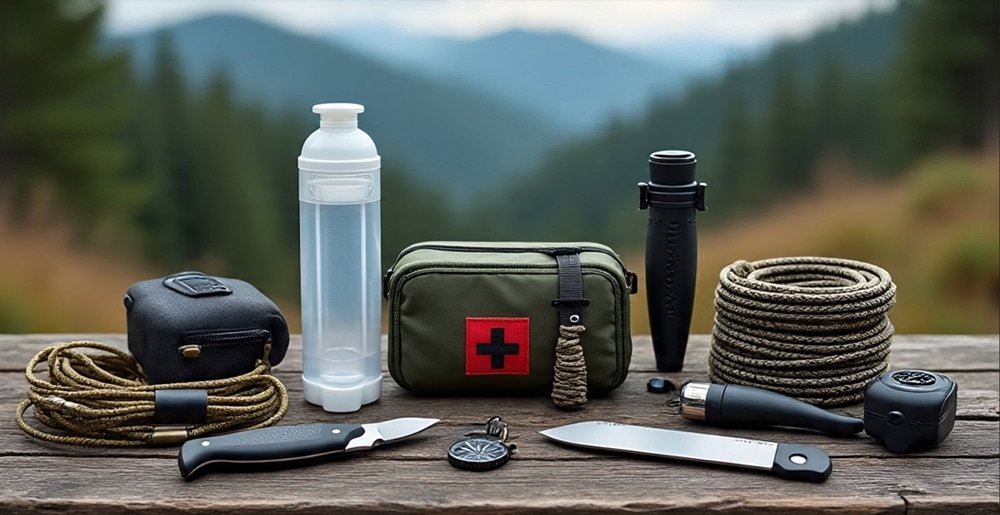When the grid goes down, the trucks stop running, and store shelves go bare — that’s when your stash becomes your lifeline. I’ve spent years building a survival supply that’s more than just gear — it’s peace of mind. Some of these items have already come in handy during hurricanes, supply chain issues, and road trip emergencies. Others, I know, will be worth more than gold if society ever truly collapses.
Let me take you through the survival items I’ve stocked, where I’ve used them, and how they can save your life — with some real tips along the way.
I always keep a LifeStraw Personal Water Filter and a Berkey Sport Bottle in my go-bag. During a flood, I used the LifeStraw to drink from runoff when our tap water was unsafe. It worked like a charm.
Where to use: In evacuation zones, on hikes, or when your city’s water supply is compromised.
Tip: Always store a backup filtration system and water purification tablets. One is none, two is one.
When our area was hit by an ice storm, we lost power and couldn’t cook for four days. Thankfully, I had ReadyWise Emergency Food Buckets. Just add hot water and eat. Simple.
Where to use: Shelter-in-place situations, power outages, or bug-out scenarios.
Recommended Brands: ReadyWise, Mountain House, Augason Farms.
Tip: Rotate your stock and try meals ahead of time — hungry doesn’t mean desperate.
I never realized how critical Jackery Explorer 300 Portable Power Station and BigBlue 28W Solar Charger could be until a wildfire forced us to evacuate. We had no power or outlets for 72 hours. My solar panel kept our phones and radios charged.
Where to use: Evacuation routes, grid-down settings, or camping trips.
How-To: Keep your power bank fully charged and solar panel facing direct sunlight for best results.
I carry a Surviveware Comprehensive First Aid Kit with Israeli bandages, chest seals, and antiseptics. Once, on a trail, I used it to clean and wrap a bad cut. No infection, no ER visit.
Where to use: Anywhere. You never know when you’ll need it.
Tip: Learn to use what’s in your kit — take a Stop The Bleed or basic first aid course.
I have a Gerber Suspension-NXT Multi-tool and a Morakniv Companion Fixed Blade Knife in every vehicle. They’ve helped with everything from cutting fishing line to fixing gear.
Where to use: On the road, in the woods, or at home during repairs.
Tip: Keep them sharpened and clean. A dull knife is dangerous.
My go-to: Bayite Ferro Rod, waterproof matches, and Survivalfrog Fire Starter Fire Rod. On a rainy night camping, the InstaFire worked when nothing else did.
Where to use: Wet environments, cold climates, or windy conditions.
Tip: Practice starting fires in all weather types.
I pack Baofeng UV-5R Radios. When the power’s out and cell towers go down, these let me reach local preppers.
Where to use: Blackouts, remote areas, or coordination with your prepper group.
Tip: Program your frequencies ahead of time and keep a printed channel guide.
You don’t realize how fast hygiene affects morale until it’s gone. I store Combat Wipes Active Outdoor Wet Wipes, bamboo toothbrushes, and DivaCup menstrual cups.
Where to use: Bug-out bags, shelters, or long-term grid-down life.
Tip: Include unscented baby wipes, nail clippers, and hair ties. Clean = confident.
Even if you don’t have a baby, diapers make great bandages and insulators. I keep Pampers Swaddlers, Similac Ready-to-Feed Formula, and a manual breast pump in storage.
Tip: Always include extras in community or mutual aid preps.
I store a 3-month supply of essentials using online refill services and ask my doctor for backups when traveling. Keep in a temperature-stable lock box.
Tip: Rotate stock and label expiry dates. Don’t forget allergy meds.
I keep STP Motor Oil, Cartman Jumper Cables, Slime Tire Repair Kit, and fuses in the trunk. One flat tire during an ice storm nearly stranded me — but I was ready.
Tip: Pack a vehicle-specific repair kit and know how to use it.
I use Gorilla Tape, 550 paracord, and bungee cords weekly — not just for survival, but repairs, tarps, and makeshift shelters.
Tip: Learn 3–5 knots like the bowline, taut line hitch, and trucker’s hitch.
I’ve got a milk crate filled with SAS Survival Guide, Where There Is No Doctor, The Forager’s Guide to Wild Edibles, and more. When the internet dies, printed knowledge keeps going.
Where to use: Off-grid cabins, bug-out bunkers, or learning under pressure.
Tip: Laminate essential pages and keep a few waterproof notebooks.
From sanitizing tools to making water safe, I use unscented bleach and 70% isopropyl alcohol in all preps.
How-To: 8 drops of bleach per gallon purifies water. Wait 30 minutes before drinking.
Preparedness isn’t about fear — it’s about responsibility. I’ve leaned on many of these items in real emergencies, and I know how priceless they’ll be in a true collapse. Don’t wait for the crisis to start preparing. Stock wisely, practice often, and stay ready.
👉 You can find most of these products at Gentleman Pirate Club Partners — gear I trust because I’ve tested it myself.
Stay alert, stay safe, and prep smart.

